Designing a good questionnaire is no easy feat.
As the person sending it out, you want to actually learn something useful from those who fill it out, not just frustrate them with a mess of badly worded questions, right?
In this guide on how to design questionnaires, we will cover all the dos✅ and don'ts❌ of a good survey question.
After this, you'll be much more likely to end up with thoughtful, nuanced answers that actually inform your work.
Table of Contents
- The Characteristics of a Good Questionnaire
- How to Design Questionnaires
- How to Create a Questionnaire in Google Forms
- How to Create a Questionnaire in AhaSlides
- Frequently Asked Questions

More Tips with AhaSlides

Create Surveys For Free
AhaSlides' polling and scale features make it easy to understand audience's experiences.
🚀 Grab Free Quiz☁️
The Characteristics of a Good Questionnaire

To make a good questionnaire that really gets what you need, it should satisfy these points:
• Clarity: The questions should be clearly worded so respondents understand exactly what information is being asked.
• Conciseness: Questions should be concise but not so brief that important context is missing. Long, wordy questions can lose people's attention.
• Specificity: Ask specific questions, not broad, general questions. Specific questions yield more meaningful, useful data.
• Objectivity: Questions should be neutral and objective in tone so as not to influence how respondents answer or introduce bias.
• Relevance: Every question should be purposeful and relevant to your research goals. Avoid superfluous questions.
• Logic/flow: The questionnaire structure and flow of questions should make logical sense. Related questions should be grouped together.
• Anonymity: For sensitive topics, respondents should feel they can answer honestly without fear of identification.
• Ease of response: Questions should be easy to comprehend and have a simple way to mark/select answers.
How to Design Questionnaires
#1. Define objectives

First, think about why you're doing the research - Is it exploratory, descriptive, explanatory or predictive in nature? Why do you really want to know X or understand Y?
Focus objectives on the information needed, not processes, such as "understand customer satisfaction levels" not "administer a survey".
Objectives should guide question development - Write questions relevant to learning the objectives. Be specific and measurable - Objectives like "learn customer preferences" are too broad; specify exactly what preferences they have.
Define the target population - Who exactly are you seeking responses from to address the objectives? Picture them as individuals so your questions truly resonate.
#2. Develop questions

Once your objective is defined, it's time to develop the questions.
Brainstorm a long list of potential questions without censoring ideas. Ask yourself what different types of data/perspectives are needed.
Review each question against your objectives. Only keep those that directly address an objective.
Refine weak questions through multiple rounds of editing feedback. Simplify complex questions and choose the best format (open, closed, rating scale and such) based on question and objective.
Organise questions into logical sections based on related topics, flow, or ease of response. Ensure each question directly serves a magnetic objective. If it doesn't align, it risks boring or just ending up as clutter.
#3. Format questionnaire
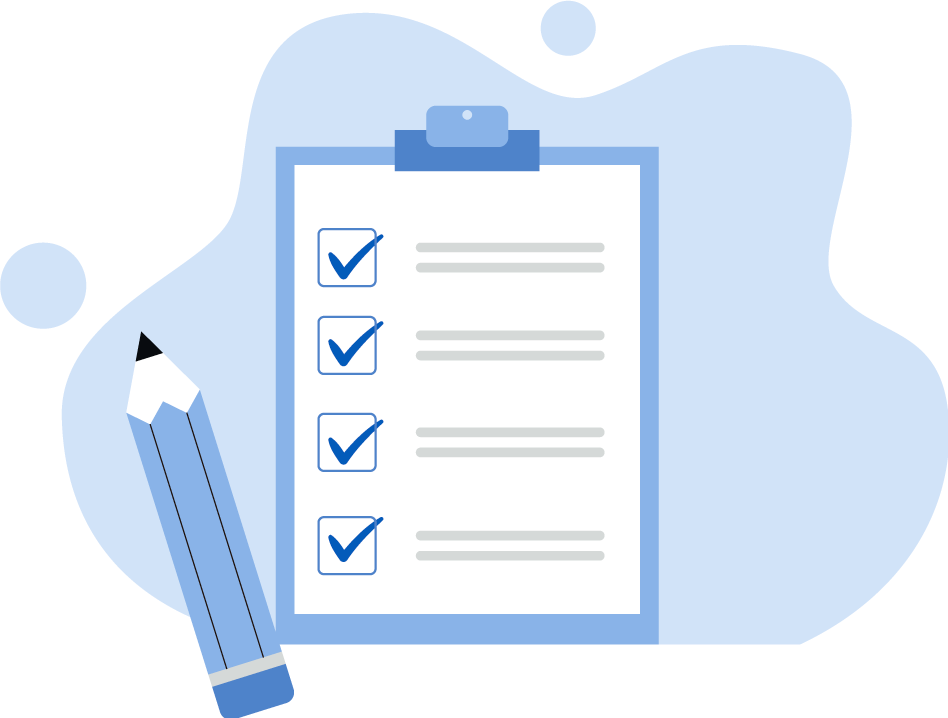
The visual design and layout should be clean, uncluttered, and easy to follow through sequentially.
You should provide context for respondents upfront regarding the purpose, how long it will take, and confidentiality aspects in the introduction. In the body, explain clearly how to respond to each question type, for example, select one answer for multiple choice.
Leave enough whitespace between questions, sections, and responses for readability.
For digital surveys, clearly show question numbers or progress trackers for better ease of navigation.
The formatting and visual design should support clear communication and optimise the respondent experience. Otherwise, the participants would click back right away before they read the questions.
#4. Pilot test draft

This trial run allows refining any issues before a larger launch. You can test with 10 to 15 representatives of your target population.
By getting the questionnaire tested, you can measure how long it will take to complete the survey, know if any questions are unclear or difficult to understand, and if testers follow the flow smoothly or have any issues moving through sections.
After completion, have individual conversations to get in-depth feedback. Ask open-ended questions to probe misunderstandings and make revisions iteratively until unsure responses are eliminated.
Thorough pilot testing considers both quantitative metrics and qualitative feedback to refine your questionnaire before full rollout.
#5. Administer survey
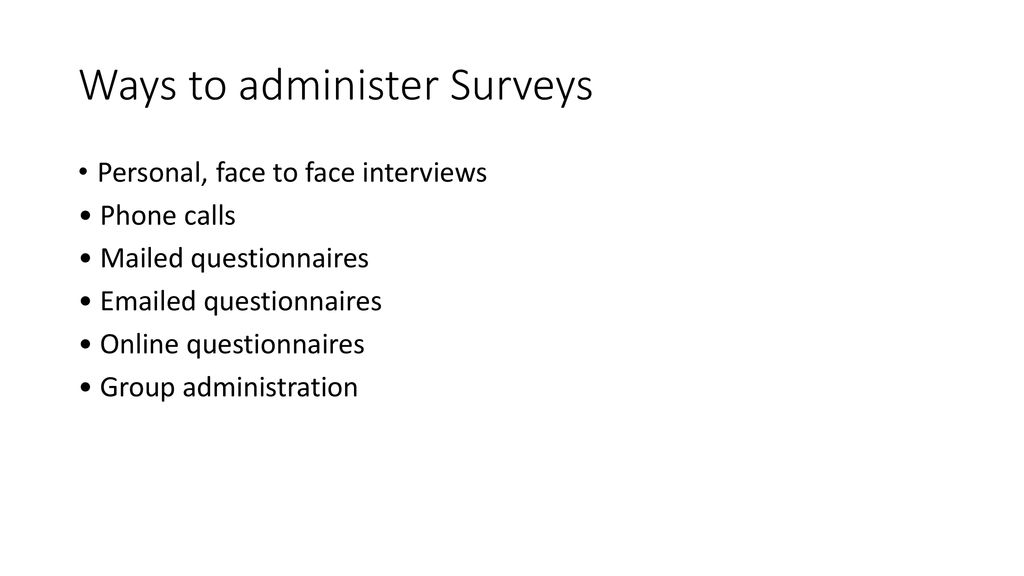
Based on your target sample, you can determine the best mode of distribution (email, online, postal mail, in-person and such).
For sensitive topics, obtain informed consent from participants that ensures confidentiality and anonymity.
Focus on why their voices matter. Convey how feedback helps shape decisions or ideas that could really make a difference. Appeal to their inner desire to contribute!
Send polite reminder messages/follow-ups to boost response rates, especially for mail/online surveys.
Consider optionally offering a small token of appreciation for time/feedback to further motivate responses.
Most of all, engage your own excitement. Share updates on learnings and next steps so respondents feel truly invested in the journey. Keep relationships vibrant even after submissions close.
#6. Analyse responses

Compile responses systematically in a spreadsheet, database, or analysis software.
Check for errors, inconsistencies, and missing info and address them before analysis.
Calculate frequencies, percentages, means, modes etc. for closed-ended questions. Go through open-ended responses systematically to identify common themes and categories.
Once themes crystallise, dive deeper. Crunch numbers to back qualitative hunches or let stats spill new stories. Cross-tabulate to see their personalities from unique angles.
Note any factors that could impact interpretation such as low response rates. Proper analysis allows for a deeper understanding of the responses collected through your questionnaire.
#7. Interpret findings

Always revisit objectives to ensure analyses and conclusions directly address each research question. Summarise consistent themes emerging from patterns in the data.
Note whether inferential analyses show strong influences or effects.
Cautiously formulate hypothetical generalisations that require further testing.
Factor in external context, and prior research when framing interpretations. Quote or present examples from responses that illustrate key points.
Identify new questions prompted by gaps, limitations or inconclusive areas. Spark further discussions wherever they may lead!
How to Create a Questionnaire in Google Forms
Google Forms are the most common method to craft a simple survey. Here's how to design questionnaires on it:
Step 1: Go to forms.google.com and click "Blank" to start a new form or choose one of the ready-made templates from Google.

Step 2: Choose your question types: Multiple choice, checkbox, paragraph text, scale etc., and write your question name/text and answer options for the selected type. You can reorder questions later.

Step 3: Add additional pages if needed by clicking the "Add section" icon to group-related questions. Customise appearance using the "Theme" option for text style, colours and Header image.
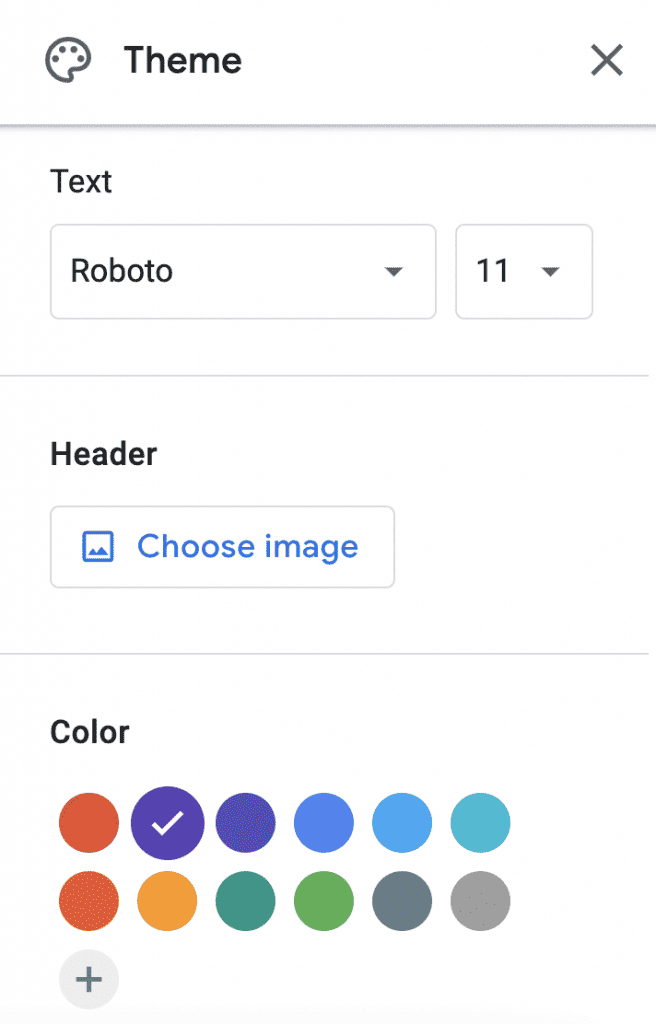
Step 4: Distribute the form link by clicking "Send" and choose email, embedding or direct sharing options.

How to Create a Questionnaire in AhaSlides
Here are 5 simple steps to creating an engaging and quick survey using the 5-point Likert scale. You can use the scale for employee/service satisfaction surveys, product/feature development surveys, student feedback, and many more👇
Step 1: Sign up for a free AhaSlides account.
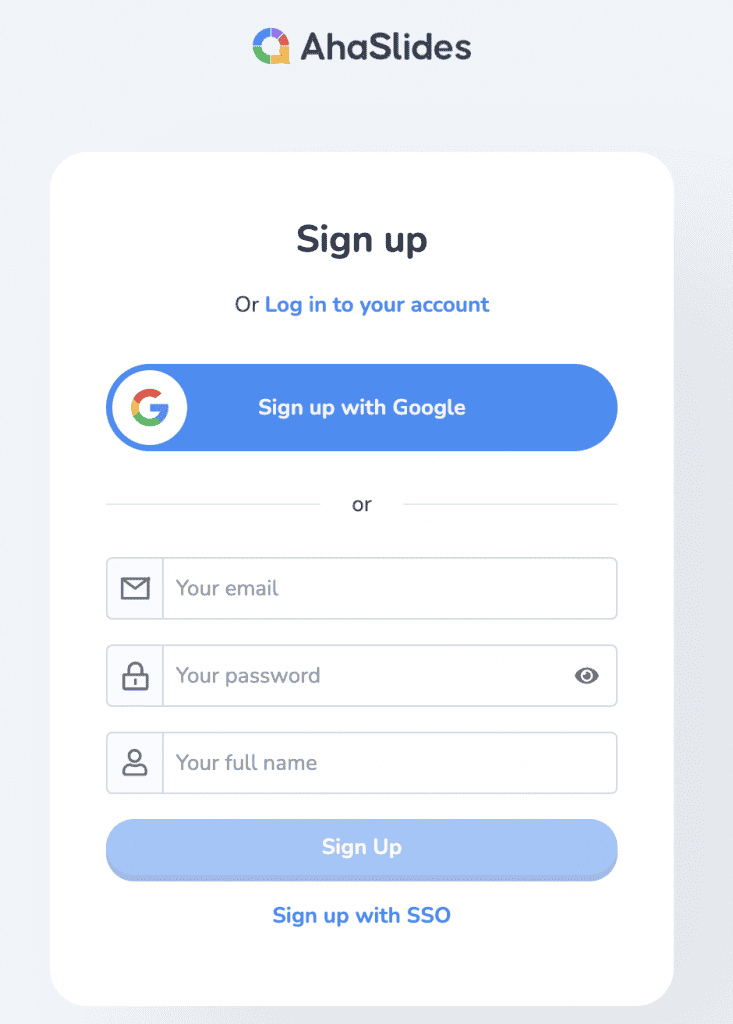
Step 2: Create a new presentation or head to our 'Template library' and grab one template from the 'Surveys' section.
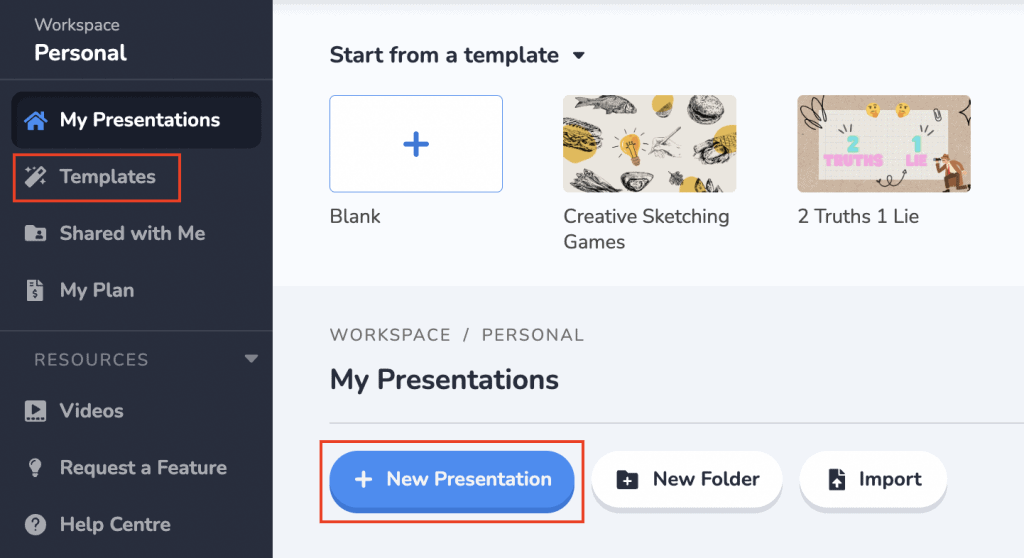
Step 3: In your presentation, choose the 'Scales' slide type.

Step 4: Enter each statement for your participants to rate and set the scale from 1-5.

Step 5: If you want them to do it right away, click the 'Present' button so they can access your survey through their devices. You can also head to 'Settings' - 'Who takes the lead' - and choose the 'Audience (self-paced)' option to gather opinions anytime.

💡 Tip: Click on the 'Results' button will enable you to export the results to Excel/PDF/JPG.
Frequently Asked Questions
What are the five steps in designing a questionnaire?
The five steps to design a questionnaire are #1 - Define the research objectives, #2 - Decide on the questionnaire format, #3 - Develop clear and concise questions, #4 - Arrange the questions logically and #5 - Pretest and refine the questionnaire.
What are the 4 types of questionnaire in research?
There are 4 types of questionnaires in research: Structured - Unstructured - Semi-structured - Hybrid.
What are 5 good survey questions?
The 5 good survey questions - what, where, when, why, and how are basic but answering them before starting your survey would help drive a better result.








